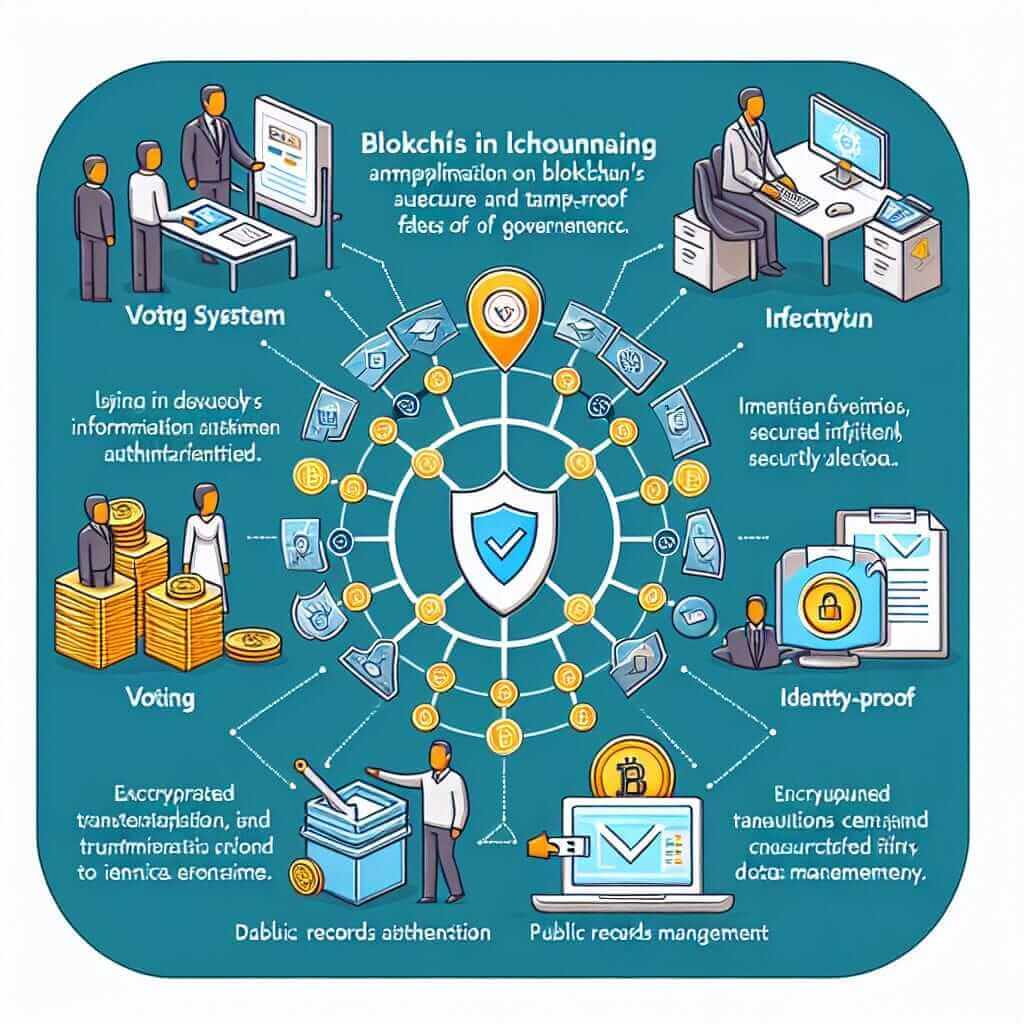The IELTS Reading test is a critical component of the IELTS exam, designed to assess a range of reading skills, including reading for gist, reading for main ideas, reading for detail, skimming, understanding logical argument, and recognizing writers’ opinions, attitudes, and purpose. This section requires candidates to read passages and answer questions that test their comprehension and analytical abilities.
One of the trending topics that hold significant potential to appear in the IELTS Reading test is the implementation of blockchain technology in enhancing transparency in governance. Given the rise in discussions around blockchain and its applications, it’s expected that such a topic could feature in upcoming exams. This article will provide a comprehensive IELTS reading practice test based on this subject, along with questions, answers, and explanations to help you prepare effectively.
Practice Reading Passage
Blockchain Technology and Transparency in Governance
In recent years, blockchain technology has emerged as a transformative force across various sectors, including governance. By providing a decentralized and immutable ledger, blockchain ensures that records are transparent, secure, and verifiable. The potential for blockchain to enhance transparency in governance is profound, with several key applications already being explored and implemented.

Digital Identity Verification
One of the critical applications of blockchain in governance is digital identity verification. Blockchain can provide a secure and immutable record of an individual’s identity, which can be used to verify eligibility for government services, voting, and other civic activities. This reduces fraud and ensures that only eligible individuals can access services and participate in governance processes.
Transparent Voting Systems
Blockchain technology is also being used to create transparent voting systems. By recording votes on a blockchain, the process becomes transparent and tamper-proof. Every vote is recorded as a separate transaction, which is immutable and observable by all stakeholders. This can significantly reduce electoral fraud and enhance public trust in the electoral process.
Public Records Management
Managing public records is another area where blockchain can enhance transparency. Traditional systems for managing records are often prone to errors and fraud. Blockchain provides an immutable ledger that ensures records cannot be altered once they are created. This makes it easier to maintain accurate and tamper-proof public records, from land ownership to licenses and permits.
Supply Chain Transparency
Governments are also using blockchain to enhance supply chain transparency. By recording the provenance and movement of goods on a blockchain, it becomes possible to ensure that supply chains are transparent and accountable. This is particularly useful in areas such as food safety, where it is crucial to trace the origin and movement of food products to ensure their safety and quality.
Practice Questions
Multiple Choice Questions
-
What is the primary advantage of using blockchain for digital identity verification?
- A) It is less expensive than traditional methods
- B) It provides a secure and immutable record
- C) It is faster to implement
- D) It uses less energy
-
How does blockchain technology enhance voting systems?
- A) By speeding up the vote counting process
- B) By providing a transparent and tamper-proof recording of votes
- C) By reducing the cost of elections
- D) By eliminating the need for physical voting booths
Identifying Information (True/False/Not Given)
-
Blockchain technology eliminates the possibility of fraud in public records management.
- True
- False
- Not Given
-
All governmental bodies worldwide have adopted blockchain for supply chain transparency.
- True
- False
- Not Given
Sentence Completion
-
Blockchain can ensure that supply chains are ___ and accountable.
-
By recording votes on a blockchain, the process becomes ___ and tamper-proof.
Answer Keys
- B) It provides a secure and immutable record
- B) By providing a transparent and tamper-proof recording of votes
- False (It significantly reduces fraud but does not entirely eliminate it)
- False (Not all governmental bodies have adopted it)
- transparent
- transparent
Common Mistakes and Tips
When tackling such passages, be cautious about:
- Overlooking key terms like “immutable,” “decentralized,” and “transparent.”
- Misinterpreting data by not linking back to the passage context.
- Always practicing skimming to grasp the main ideas before diving into questions.
Vocabulary for Better Understanding
- Immutable (adj.): /ɪˈmjuːtəbl/ – Not able to be changed
- Decentralized (adj.): /diːˈsɛntrəlaɪzd/ – Distributed away from a central authority
- Provenance (n.): /ˈprɒvənəns/ – The place of origin or earliest known history of something
Grammar Points
- Passive Voice: “Votes are recorded” – Focuses on the action being done rather than who is doing it.
- Present Simple Tense: “Provides,” “ensures” – Used to state facts or general truths.
Conclusion
To excel in the IELTS Reading test, particularly on topics like “How is blockchain technology being used to enhance transparency in governance,” it is crucial to practice regularly, expand your vocabulary, and comprehend the context. Remember, precise understanding and accurate answers will contribute significantly towards achieving a high band score. Keep practicing and stay updated with current trends for the best preparation.